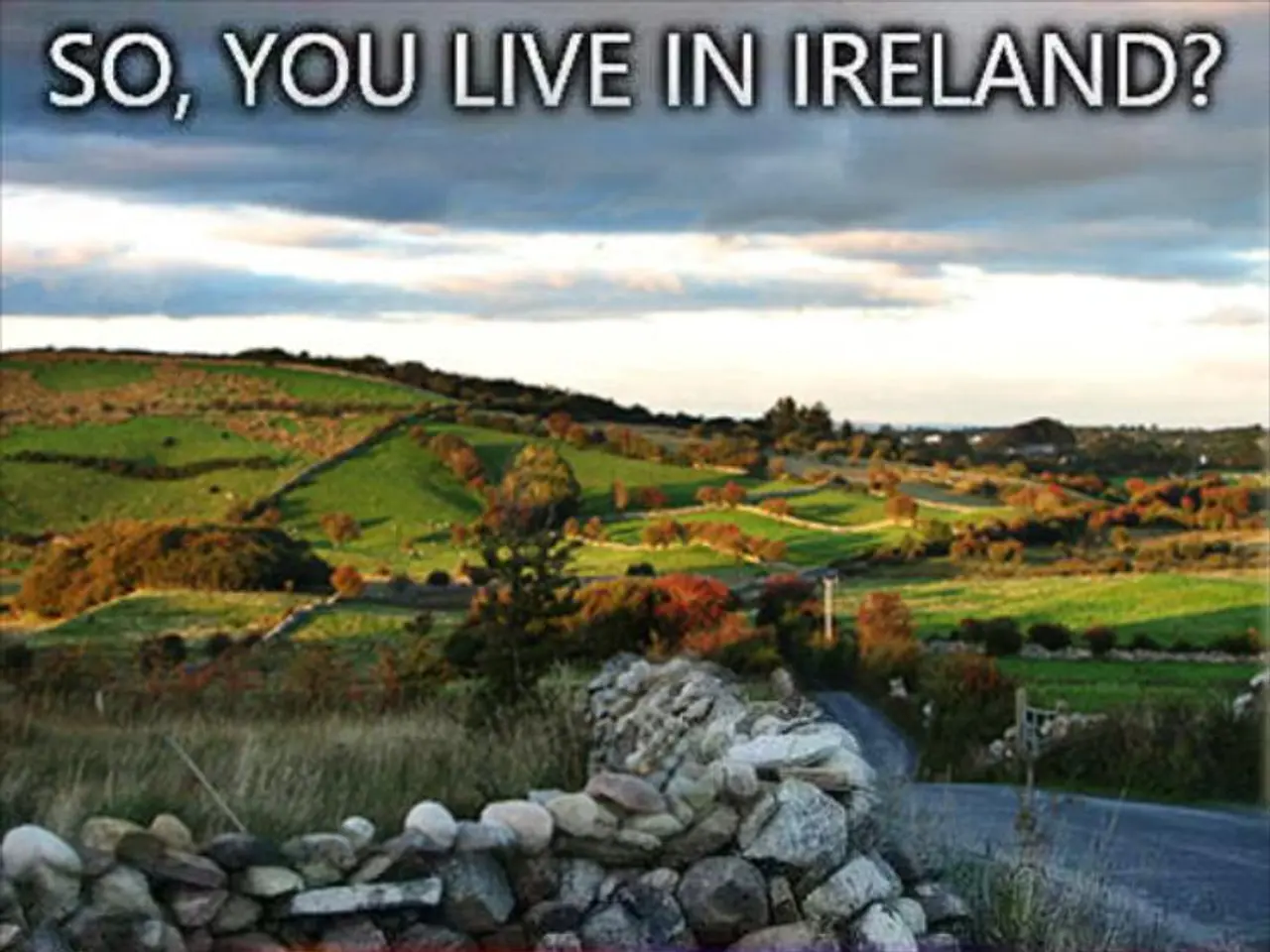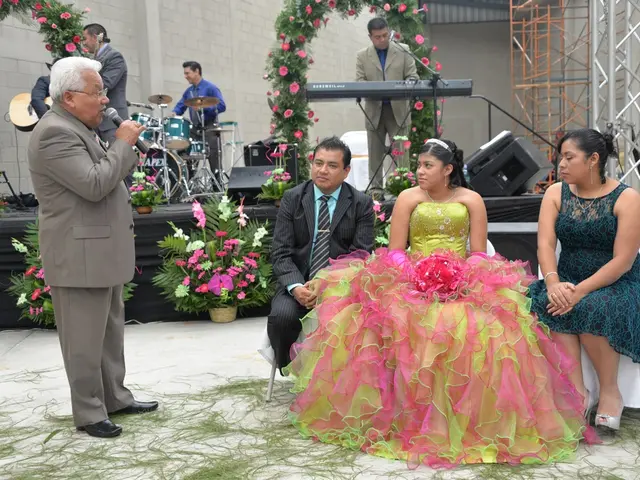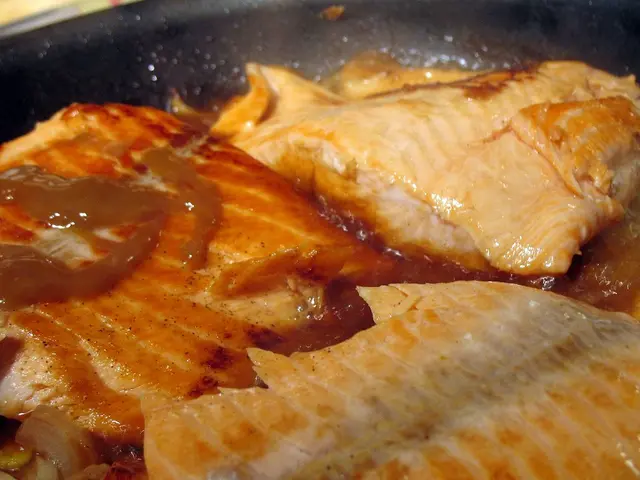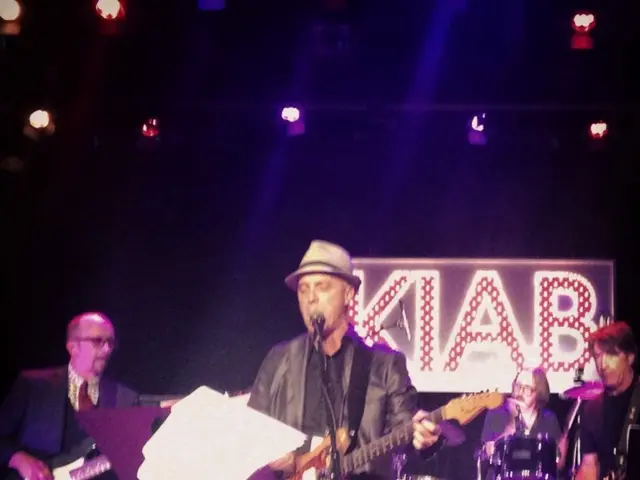Utilization of Drones in Wildfire Intervention
In the United States, the Federal Aviation Administration (FAA) is the authority that approves the operations of IGNIS systems by Drone Amplified, a company that specializes in drone technology, during wildfire situations. This approval is crucial as drones can serve as an "eye in the sky" during wildfires, providing valuable real-time information to firefighters.
However, it's important to note that drones pose a high risk of collision or near-miss encounters with firefighting aircraft during wildfires. To mitigate this risk, the FAA puts up a Temporary Flight Restriction (TFR) around the sites of wildfires, and drones should not be flown near wildfires without approval from the appropriate authority.
One example of drones being used effectively in wildfire management is the deployment of DJI M210 drones equipped with thermal imaging and HD cameras during the 2018 wildfire in Hechingen, Germany. These drones were used to survey the area for hotspots and identify water sources, which were instrumental in drawing up strategies for controlling the spread of fire, placing fire engines, and determining water supply.
Moreover, drones have been integrated into wildlife response and can help prevent wildfires. For instance, DroneSeed's drone swarm was used to spread seeds at the site of a wildfire, enabling faster reforestation efforts. The automatic seed deployment by drone swarm ensures accurate and efficient seed distribution.
DroneSeed, in fact, received FAA approval to operate multiple drones weighing more than 55 pounds beyond visual line of sight in 2016. This approval paved the way for the use of larger drones in wildfire management, such as the deployment of the IGNIS payload system, a container that can be attached to commercial drone platforms to dispense ignition spheres. The IGNIS payload system can drop more than 100 ignition spheres per minute along a pre-determined path.
A unique use case for drones in a 2019 wildfire in Arizona involved the disposal of unexploded ordnance at the fire site using a drone instead of sending a team of people. This demonstrates the versatility of drones in dangerous situations.
The threat posed by renegade drones to firefighting operations emphasizes the need for civilian drone pilots to respect federal rules and stay out of the way during wildfires. Interfering with firefighting aircraft is considered a federal crime.
The use of drones in fighting wildfires highlights the beneficial potential of drone technology for society and the world. For example, the KHawk is an experimental drone designed to gather data about wind speed and direction to predict the direction and speed of the spread of a wildfire. This information can be invaluable in planning and executing effective firefighting strategies.
In conclusion, while drones can pose a risk during wildfires, they also offer significant benefits in terms of real-time data collection, precise ignition sphere dispensation, and efficient seed distribution. However, it is crucial that drone pilots adhere to the FAA's regulations to ensure the safety of firefighters and the successful management of wildfires.
Read also:
- California links 100,000 home storage batteries through its Virtual Power Plant program.
- Investment secured for Good Fashion Fund 2.0 to the tune of $60 million by FOUNT.
- Airbus Readies for its Inaugural Hydrogen Fuel-Cell Engine Test Flight of Mega Watt Class
- Air conditioning and air source heat pumps compared by experts: they're not identical, the experts stress








